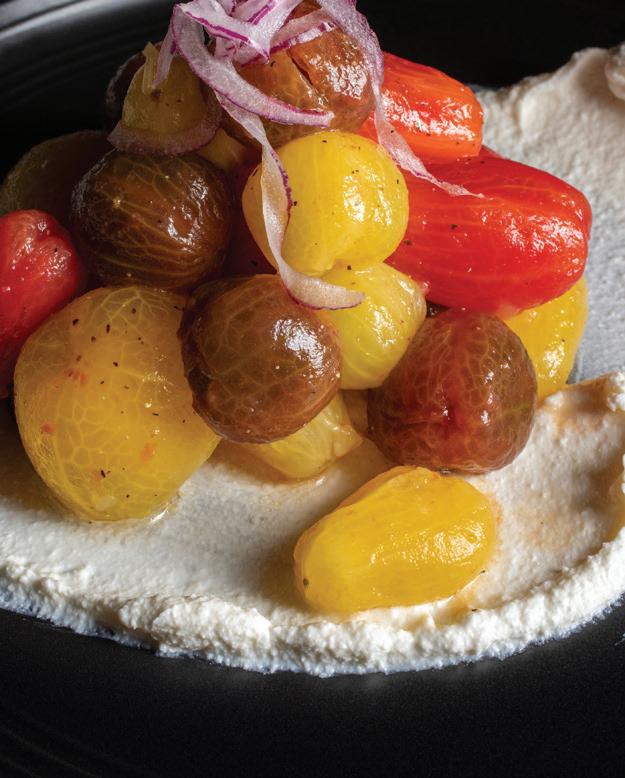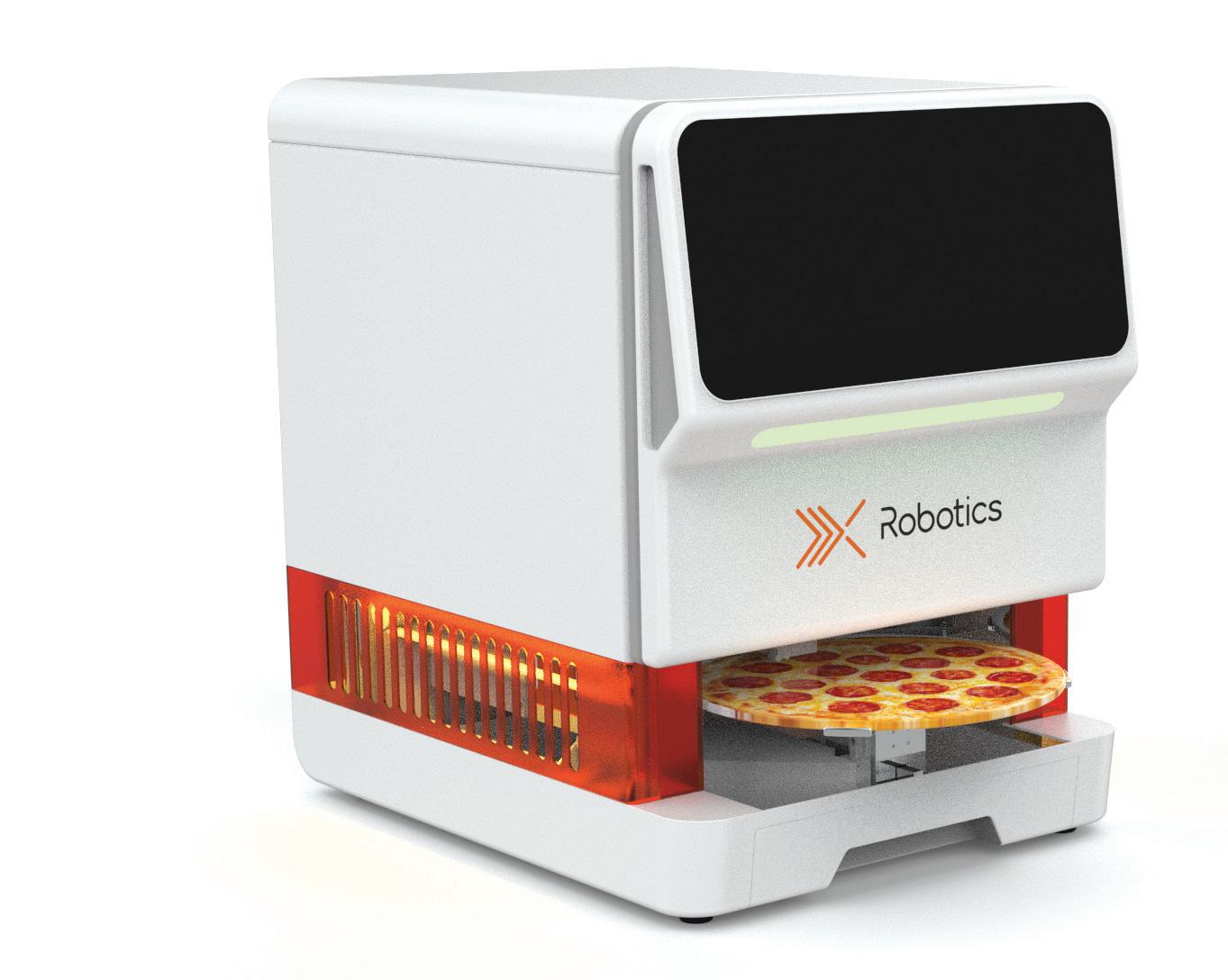
2 minute read
Meet your newest pizza maker, The xPizza Cube.
• Savings up to $7,000 monthly per store
• Makes 100-300 pizzas per hour
• Supported pizza sizes: 8”–16”
• Makes a 16” pepperoni pie in under 50 seconds
• 15-minute installation
• No-pain training
• Quick, easy setup and cleaning
• Food-grade materials
In an exclusive PMQ video, you can watch xRobotics’ xPizza Cube bot top a pie with sauce, cheese and pepperoni in under a minute.
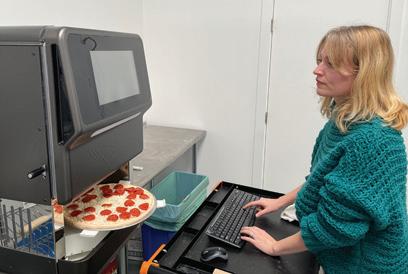
2
Keep it small. People who are gluten-free can’t really eat family-style. They can’t dig into a 14” or 16” pie with their friends. They want their own pie, and that’s why we make only 8” personal gluten-free pizzas—and they’re a home run. You can price them at a premium—as much as $15 per pie—because if you come up with a good recipe, people will pay for it.
3 Keep it simple. You don’t need to go bananas with a lot of toppings. We only do a select number of gluten-free pizzas because 1) this makes the selection understandable to the customer, and 2) the customer may have other allergies besides gluten, so we want to be sensitive to that. At Federal Hill Pizza, we offer three gluten-free personal pizzas: cheese; cheese and pepperoni; and cheese with one vegetable.
5 Order special-sized boxes. For our gluten-free personal pizzas, we order takeout boxes that are the size of the pizzas. They’re cute little things, and our customers love them because it’s like their own special gift in a box just for them.
6
Make it personalized. We keep little sticky pads that say gluten-free near the pizza station. When my POS ticket comes out and notes the pizza is gluten-free and the name of the customer, we place a sticky note on the box with a personalized message:
Dear Mike, Enjoy your gluten-free pizza.
Regards, Billy Manzo
4
Keep it separate. While many people choose to go gluten-free even though they have no underlying medical conditions, you want to be sure you’re always protecting those specific customers who are not glutentolerant. Invest in a separate toaster oven to reduce the risk of cross-contamination. Just as with nut allergies, gluten allergies and intolerance need to be taken seriously. It’s also a good idea to put a disclaimer on your menu and website noting the potential risks to customers ordering gluten-free. Better safe than sickly.
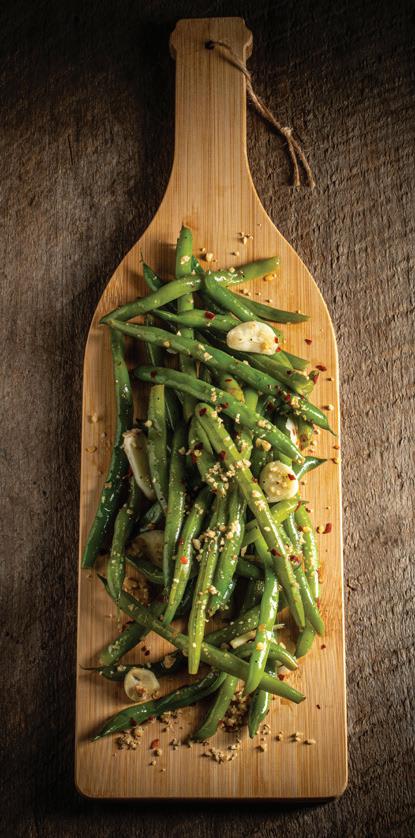
Customers love that. They feel appreciated and understood.
7 Spread the word. Gluten-free items have become common in the marketplace, so you don’t necessarily have to make them part of an overall advertising strategy. Still, it’s important to spread the word to those who are looking for it. Start by calling your local celiac association. These groups have large memberships who are looking to support like-minded businesses. They may post about your gluten-free products on their website, particularly if they have a marketplace or partner page, and on their social media. Hey, it’s free, targeted publicity. On your end, you can snap a photo of one of your gluten-free pizzas, post it on your own social media account, and tag the association.
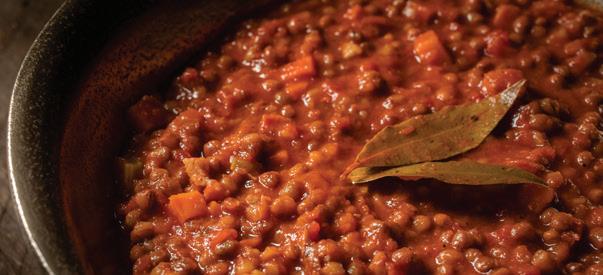
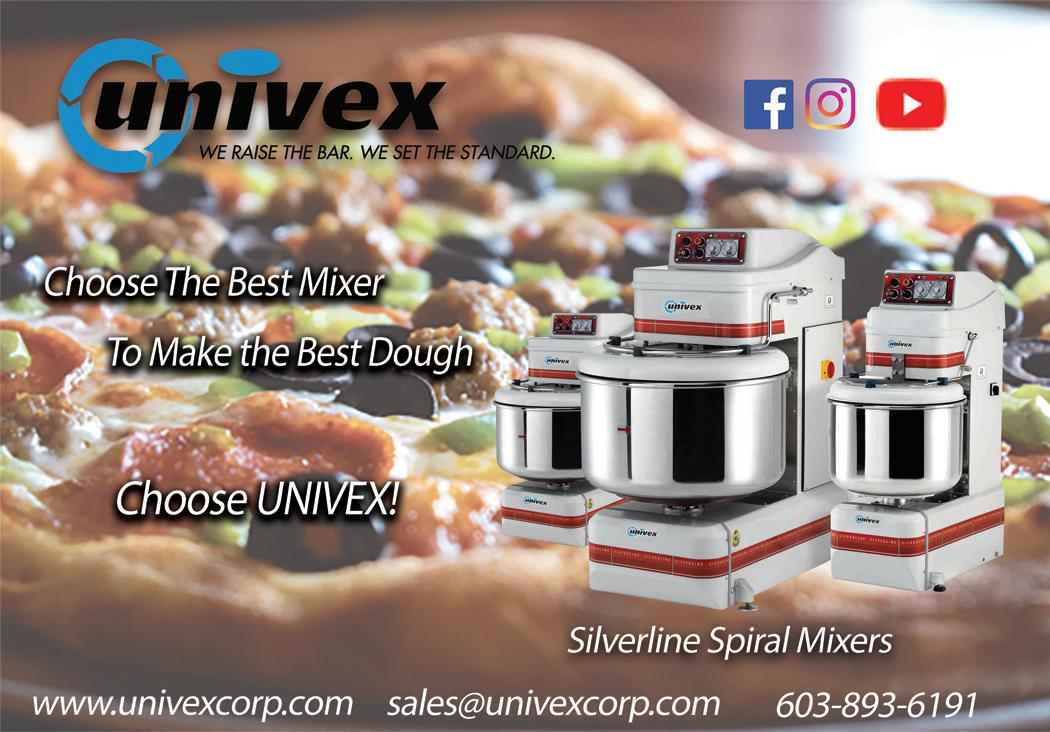
8
Create special events. You can take your networking a step further. Once a year, we do a Celiac Association Night. For every gluten-free pizza that’s sold, a percentage of the proceeds gets donated to the Rhode Island branch of the National Celiac Association. We normally sell about 200 gluten-free pizzas in that one night! And we sell only on preorder, which means we make only what we need to sell—no unnecessary extras hanging around.
Gluten-free has become a way of life for many, and offering gluten-free products gives you the opportunity to have something in your pizzeria for everyone. Plus, if I can save someone the agony of an Italian stomach, it’s the least I can do.
